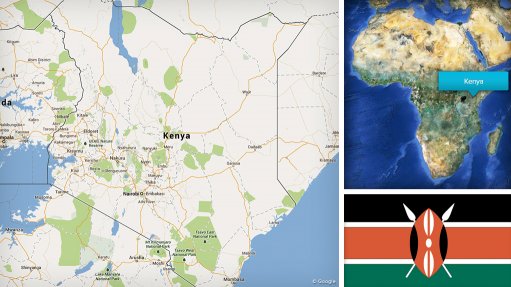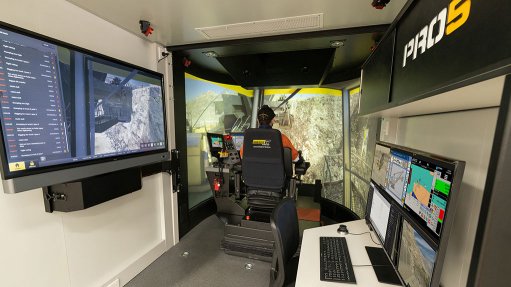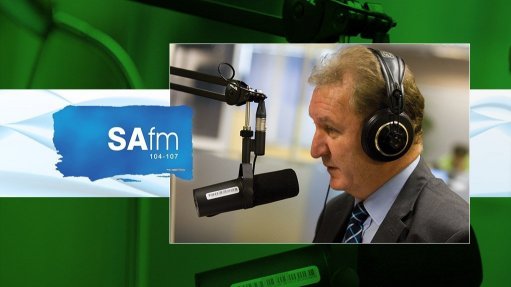Zambezi river flow recedes amid reduced rainfall, El Niño
The river flows at Chavuma gauging station, the first gauging station located in the North-Western province of Zambia and which measures river flows as the Zambezi river enters Zambia from Angola, have been increasing slowly this month, says the Zambezi River Authority.
The slow increase has been occasioned by reduced rainfall activity in the headwaters of the Zambezi river. The recorded flows are, however, trending far below the flows recorded during the same period last year and are also significantly below the average flows for the station.
The river flows at the Chavuma gauging station were 371 m3 a second as at March 19, which is higher than 357 m3 a second measured earlier this month. It is, however, much lower than the 924 m3 a second recorded as at March 19, 2023.
The Zambezi river flow recorded on March 19 at Victoria Falls has, meanwhile, receded from the 794 m3 a second recorded earlier this month to 751 m3 a second.
Further, the obtaining flows are significantly lower than the 2 510 m3 a second recorded on March 19, 2023.
The recession in the lake levels also continued from earlier this month, owing to low lake inflows as a result of reduced rainfall activity on and around the lake and in the Kariba catchment generally.
Moreover, the effects of El Niño weather conditions being experienced globally and over the Southern African region in particular, have continued to negatively impact on the Zambezi river inflows into Lake Kariba.
“The situation continues to greatly impact the Lake Kariba water levels,” the authority expresses.
The water from the Kariba reservoir is transferred into each of the two power stations for power generation purposes by intakes that are located within the reservoir and near the dam wall.
Owing to the location of the intakes in terms of their height when referenced with the base of the reservoir, the waters of the Kariba reservoir are split into two, namely, water that is situated below the height of the intakes – which is referred to as dead storage – and water that is located above the height of the intakes – which is referred to as live storage.
“Dead storage, by virtue of being below the intakes, cannot enter the intakes and hence cannot be used for power generation, while live storage, by virtue of being above the intakes, enters the power stations through the intakes and hence can be used for power generation,” the authority explains.
It is possible to have a scenario where live storage can be completely exhausted while dead storage continues to be available in the reservoir, it adds.
The Kariba dam reservoir, at full capacity, can store 181-billion cubic meters (bcm) of water. Of this total amount, 116 bcm would be dead storage, while 65 bcm would be live storage.
The dead storage remains constant while the maximum possible live storage is 65 bcm.
However, the actual live storage amount may be less depending on several factors including the occurrence of rainfall which influences the level and volume of Zambezi river inflows into the lake, evaporation from the lake and use of the obtaining live storage by the two power stations.
The authority explains that these factors influence the volume of available live storage in the Kariba dam’s reservoir – Lake Kariba.
Currently, the reservoir at the obtaining lake level of 477.54 m above mean sea level has a live storage of 9.17 bcm, which represents 14.16% of the possible 65 bcm of water.
“The authority will continue monitoring the hydrological outlook of the Kariba catchment and inform the public accordingly so as to ensure that stakeholders are kept apprised of the situation.”
Comments
Press Office
Announcements
What's On
Subscribe to improve your user experience...
Option 1 (equivalent of R125 a month):
Receive a weekly copy of Creamer Media's Engineering News & Mining Weekly magazine
(print copy for those in South Africa and e-magazine for those outside of South Africa)
Receive daily email newsletters
Access to full search results
Access archive of magazine back copies
Access to Projects in Progress
Access to ONE Research Report of your choice in PDF format
Option 2 (equivalent of R375 a month):
All benefits from Option 1
PLUS
Access to Creamer Media's Research Channel Africa for ALL Research Reports, in PDF format, on various industrial and mining sectors
including Electricity; Water; Energy Transition; Hydrogen; Roads, Rail and Ports; Coal; Gold; Platinum; Battery Metals; etc.
Already a subscriber?
Forgotten your password?
Receive weekly copy of Creamer Media's Engineering News & Mining Weekly magazine (print copy for those in South Africa and e-magazine for those outside of South Africa)
➕
Recieve daily email newsletters
➕
Access to full search results
➕
Access archive of magazine back copies
➕
Access to Projects in Progress
➕
Access to ONE Research Report of your choice in PDF format
RESEARCH CHANNEL AFRICA
R4500 (equivalent of R375 a month)
SUBSCRIBEAll benefits from Option 1
➕
Access to Creamer Media's Research Channel Africa for ALL Research Reports on various industrial and mining sectors, in PDF format, including on:
Electricity
➕
Water
➕
Energy Transition
➕
Hydrogen
➕
Roads, Rail and Ports
➕
Coal
➕
Gold
➕
Platinum
➕
Battery Metals
➕
etc.
Receive all benefits from Option 1 or Option 2 delivered to numerous people at your company
➕
Multiple User names and Passwords for simultaneous log-ins
➕
Intranet integration access to all in your organisation


















